Critical Review of the Aotearoa New Zealand Healthcare System
VerifiedAdded on 2022/11/25
|23
|2518
|251
Presentation
AI Summary
This presentation provides a comprehensive overview and critical analysis of the healthcare system in Aotearoa New Zealand, offering a detailed comparison with the healthcare framework in India. The presentation begins with a historical overview of both healthcare systems, tracing their development and key milestones. It then delves into the organization and governance structures, examining the roles of the Ministry of Health, District Health Boards (DHBs), and primary health organizations (PHOs) in New Zealand, and contrasting them with the decentralized healthcare responsibilities in India. The presentation explores primary, secondary, and tertiary healthcare services, highlighting funding models, user experiences, equity in accessibility, and healthcare provisions for special groups in both countries. Key aspects such as funding sources, insurance systems, accountability, transparency, health information management, and recent policy changes are also discussed. The analysis further covers healthcare targets, performance milestones, challenges, and future prospects of both healthcare systems, offering valuable insights for understanding and comparing healthcare approaches in New Zealand and India. The presentation concludes by emphasizing that the healthcare system in New Zealand is more advanced than the one used in adopted in India.
1 out of 23
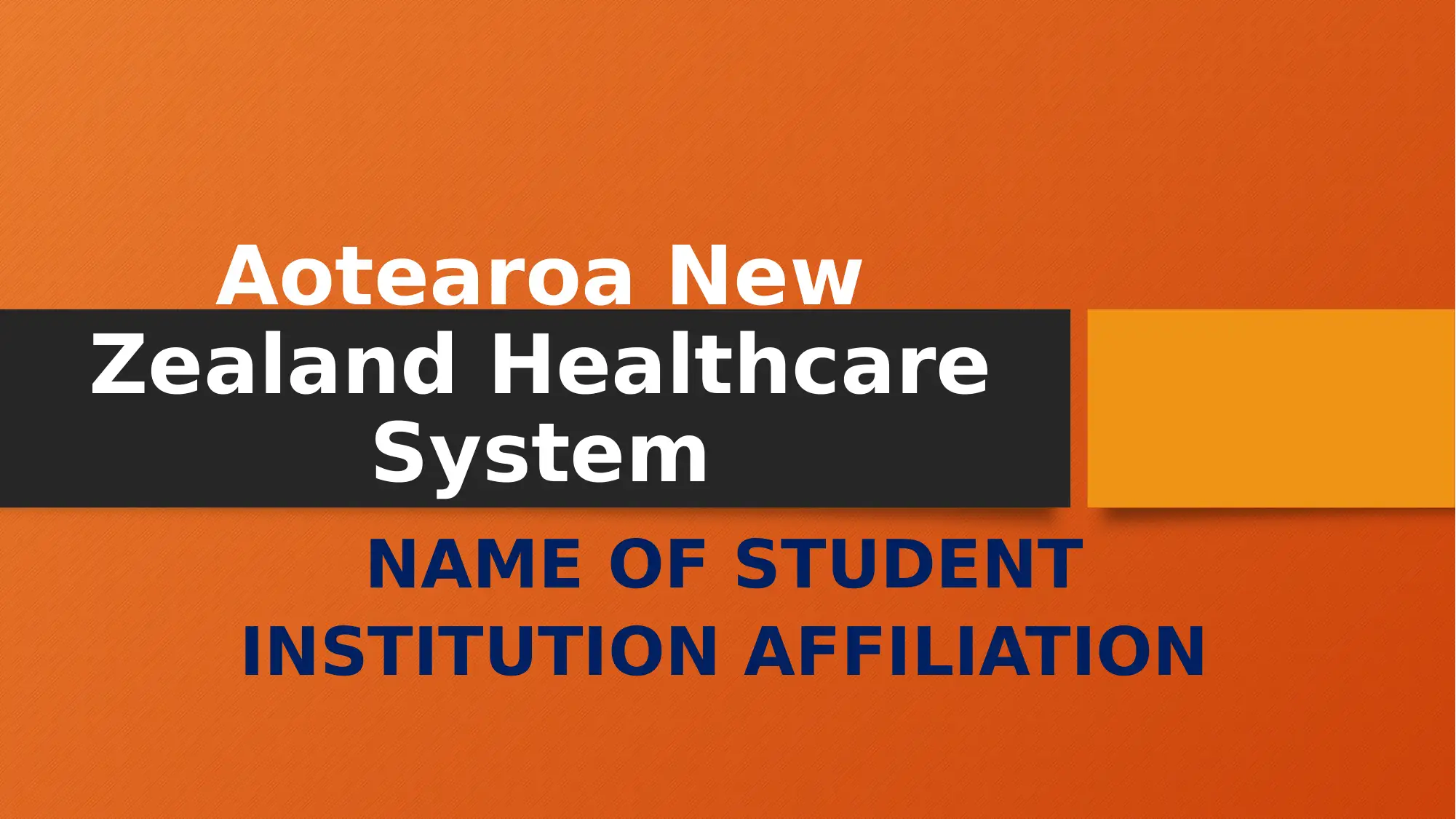
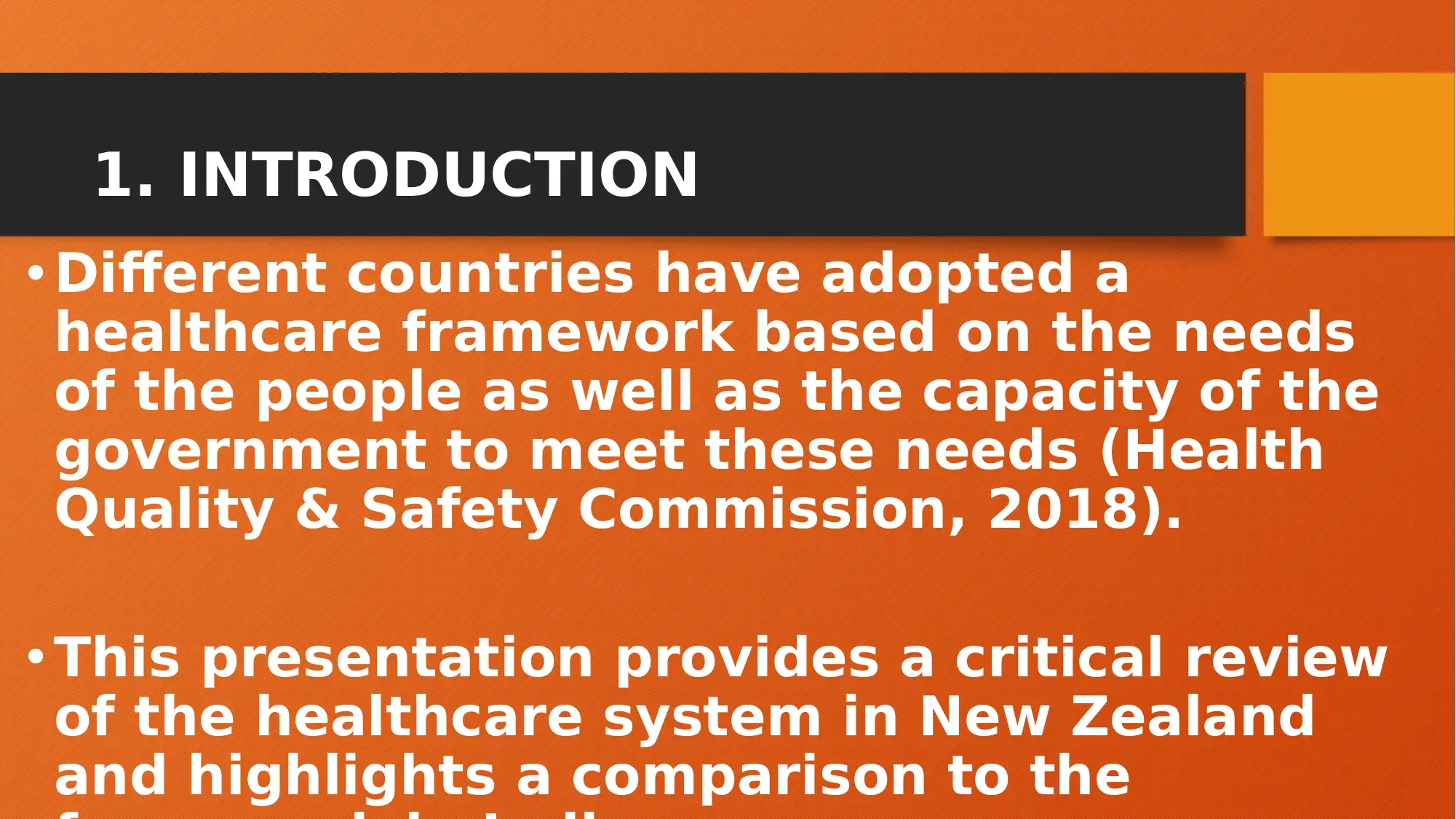
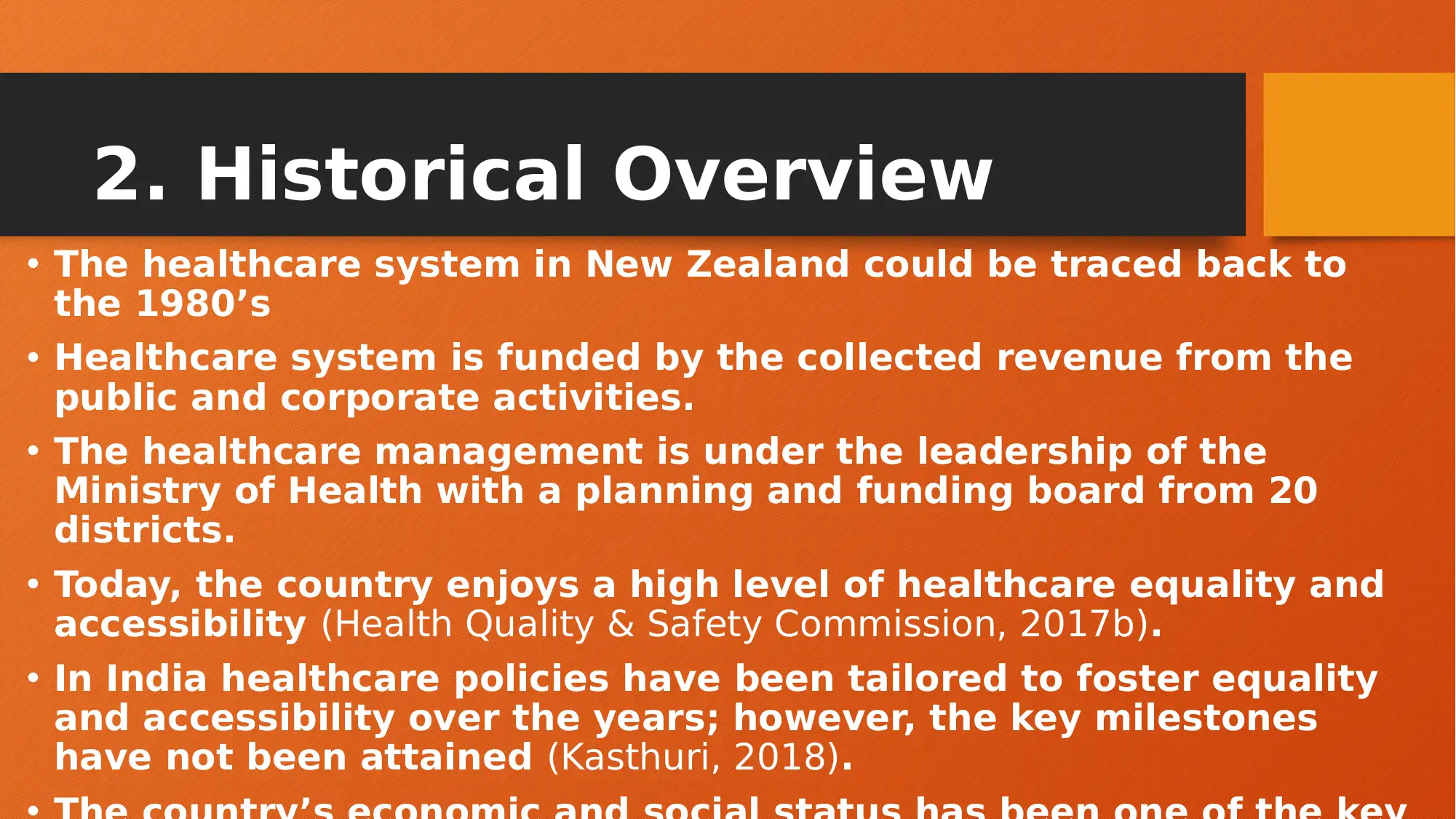

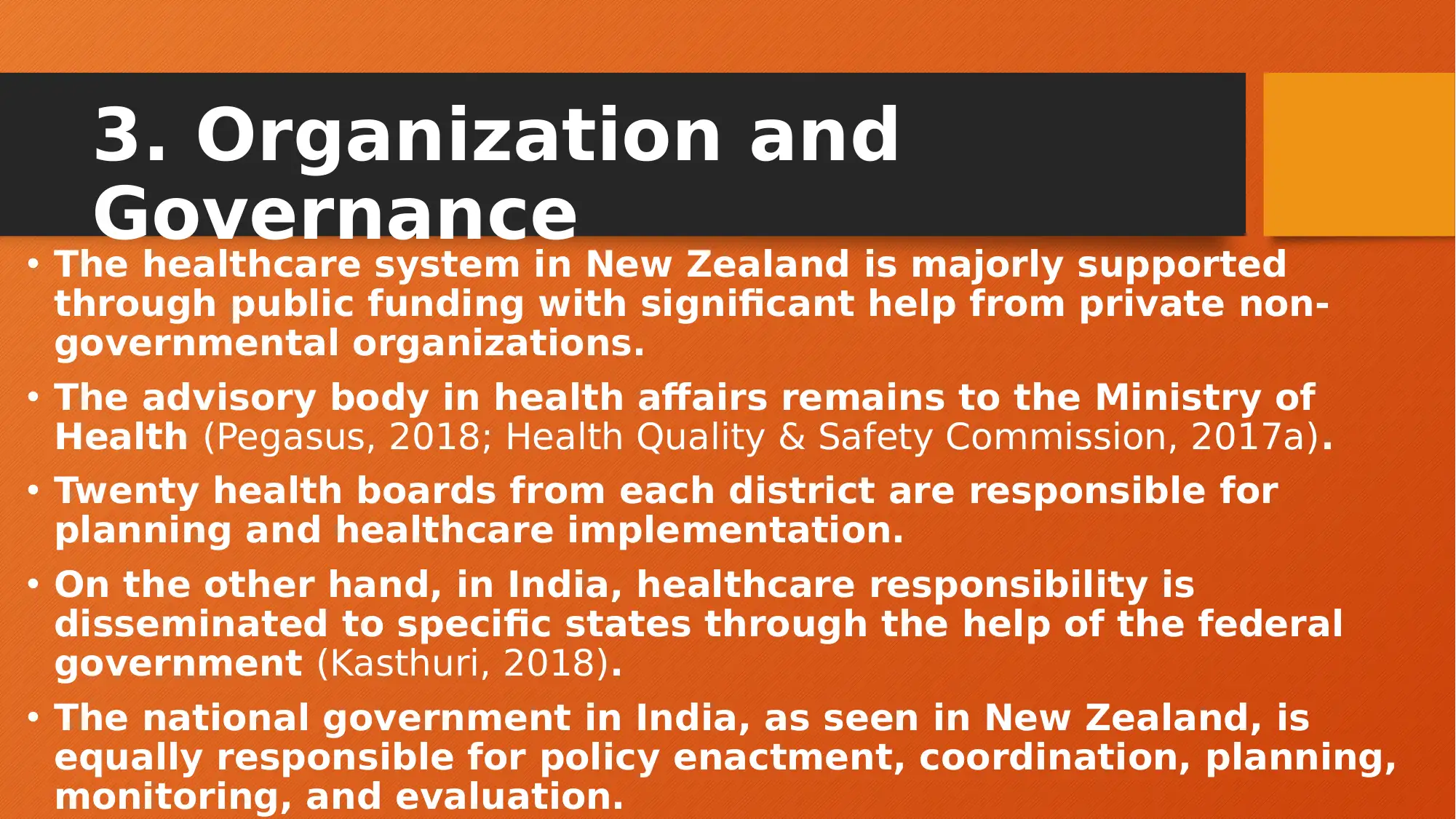
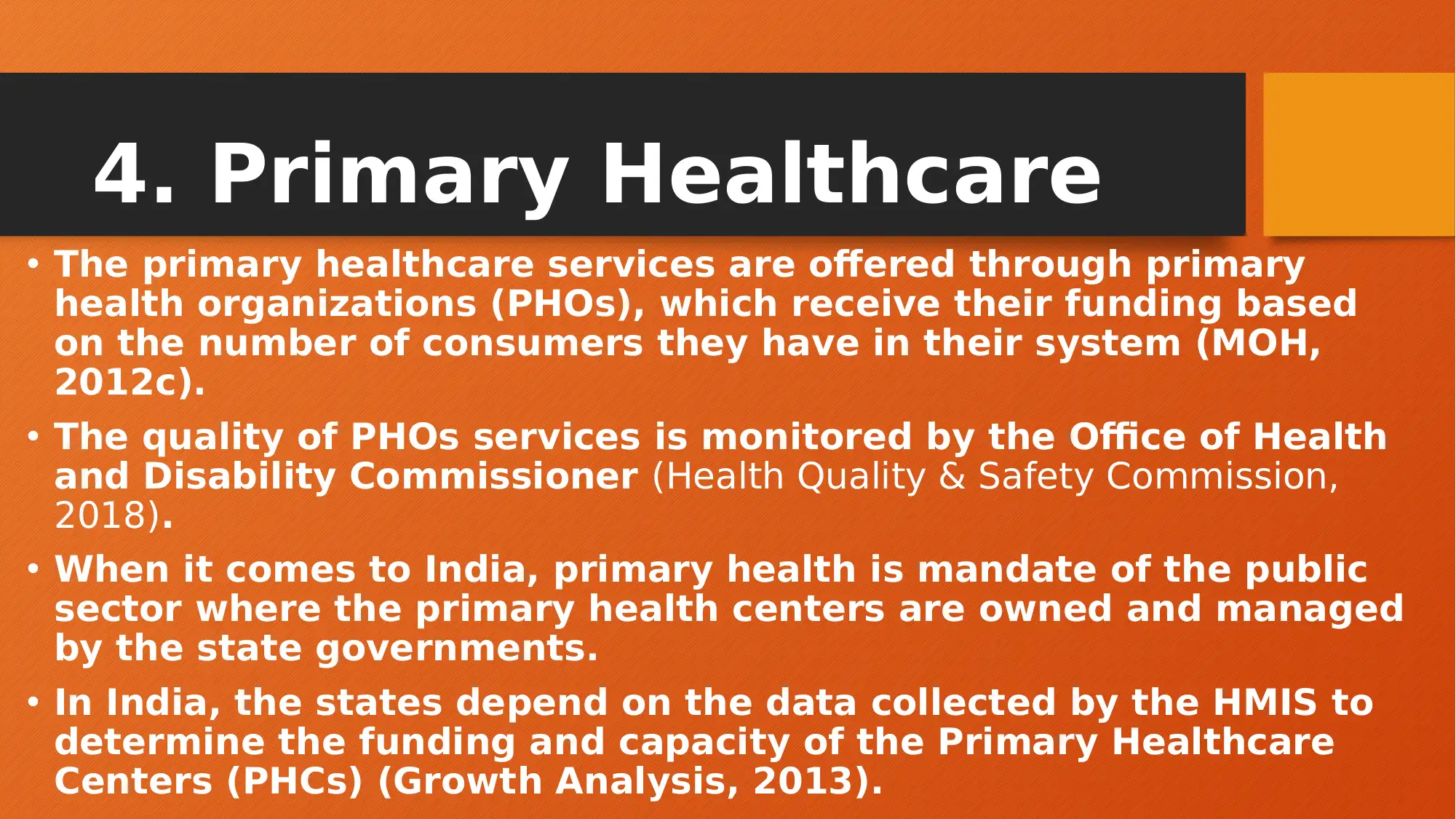
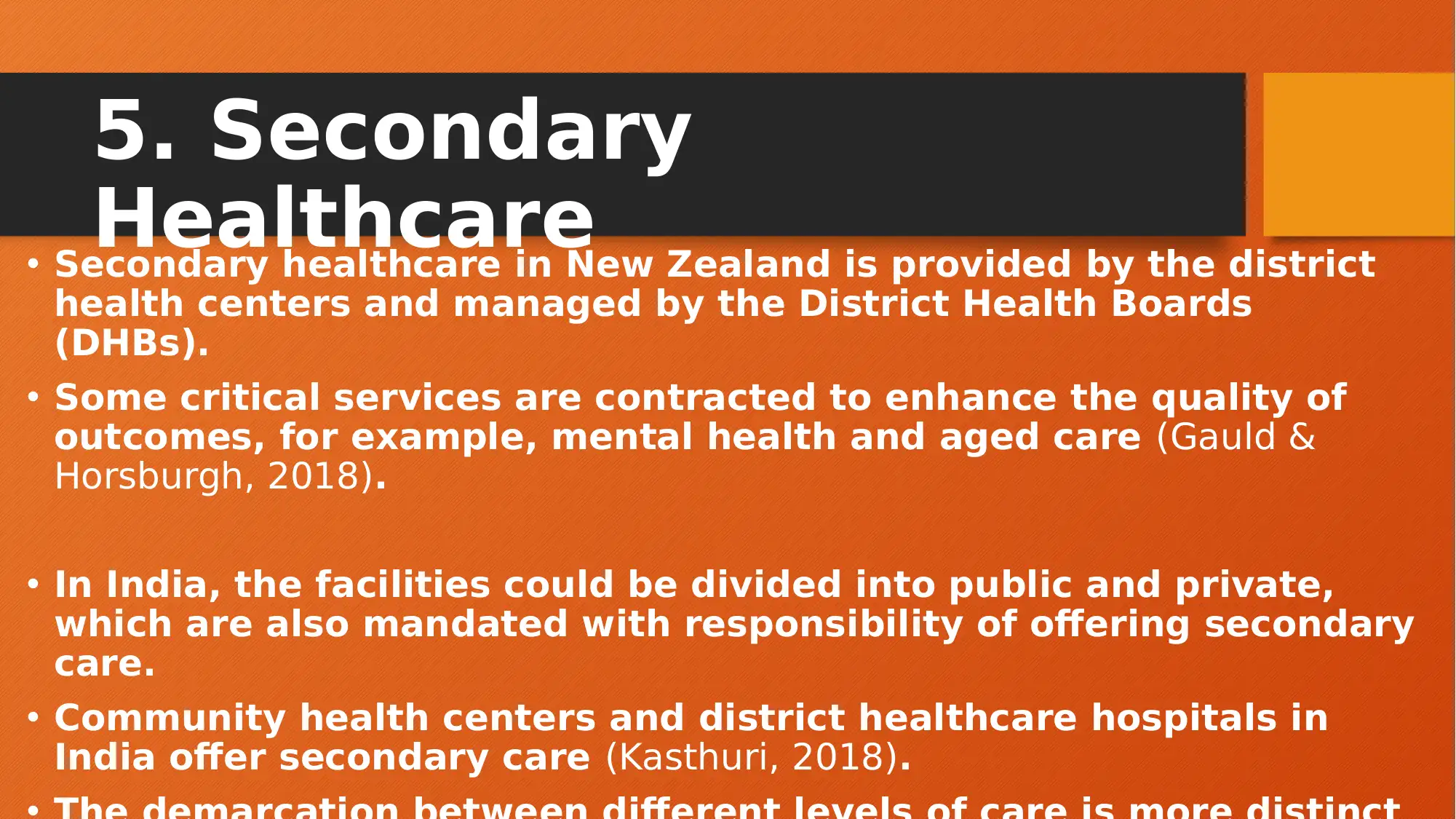
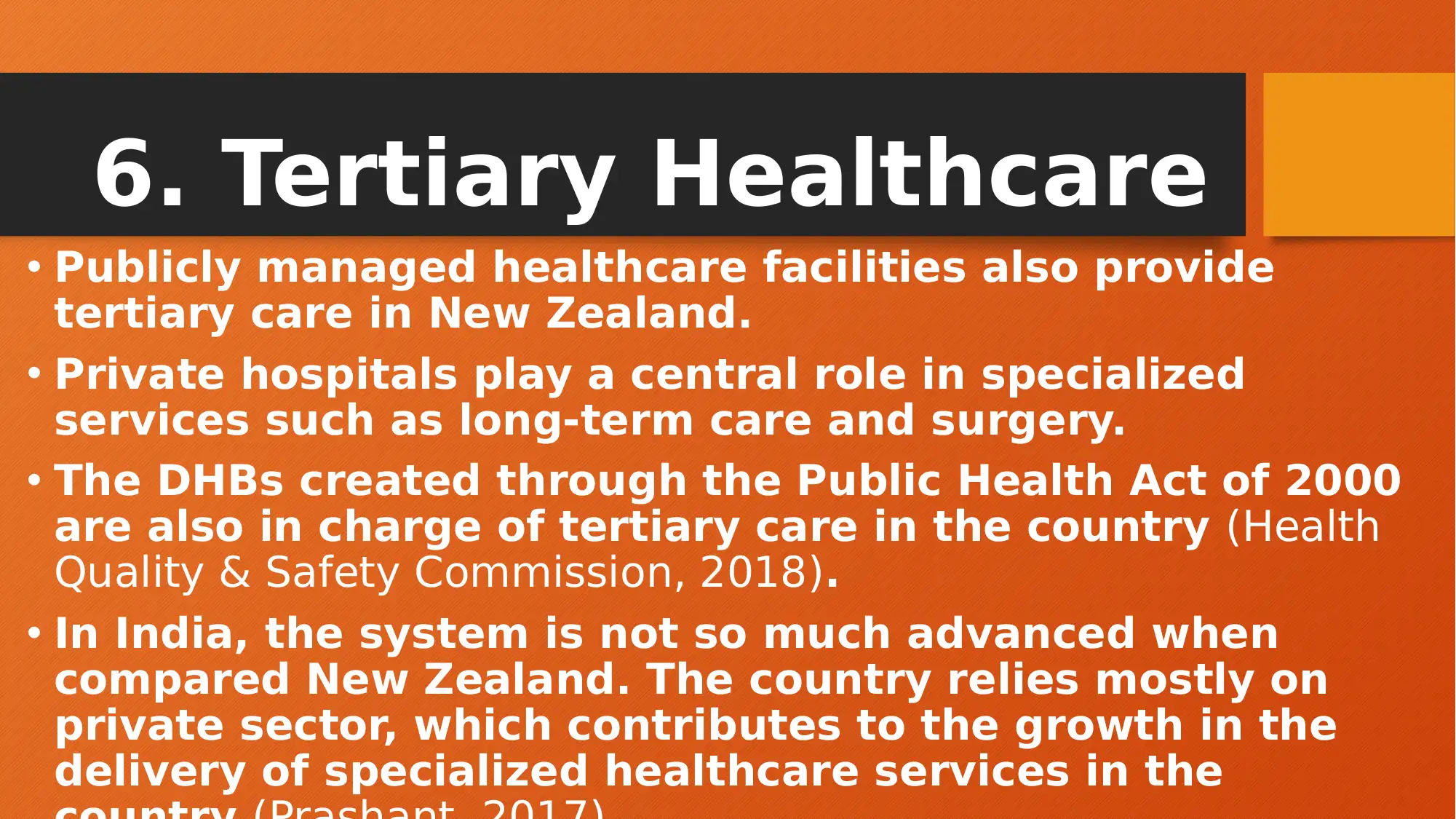
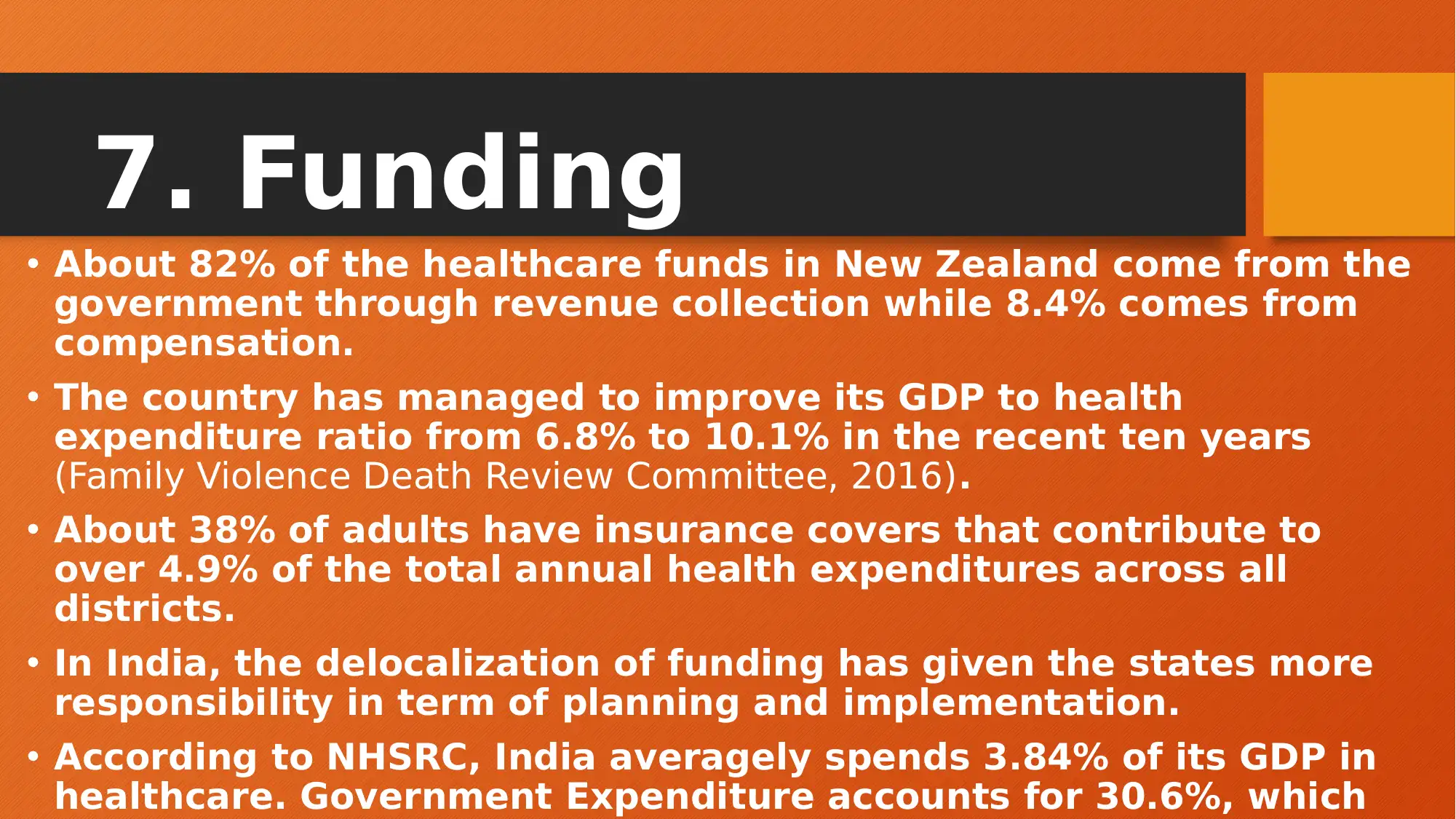
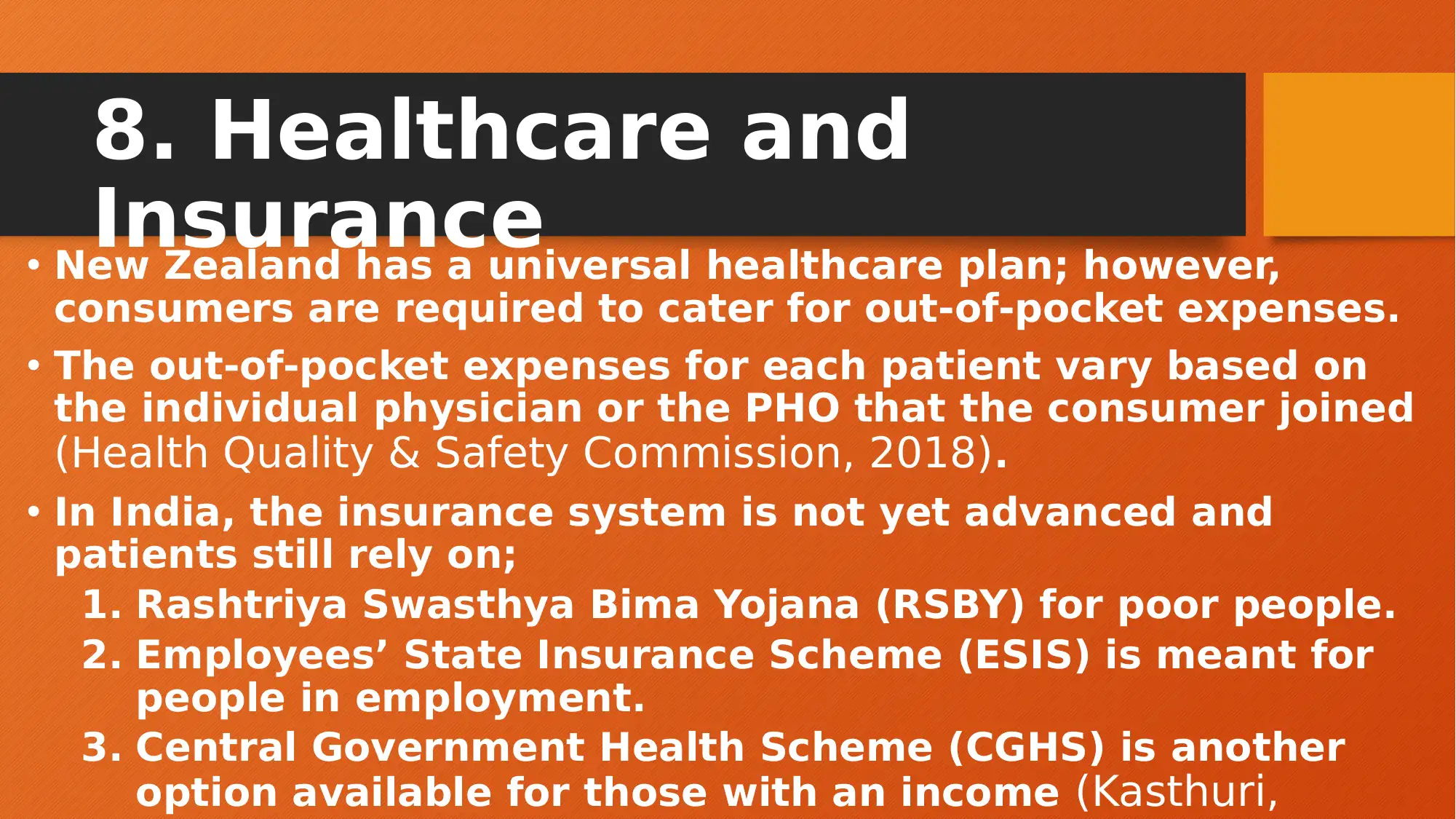
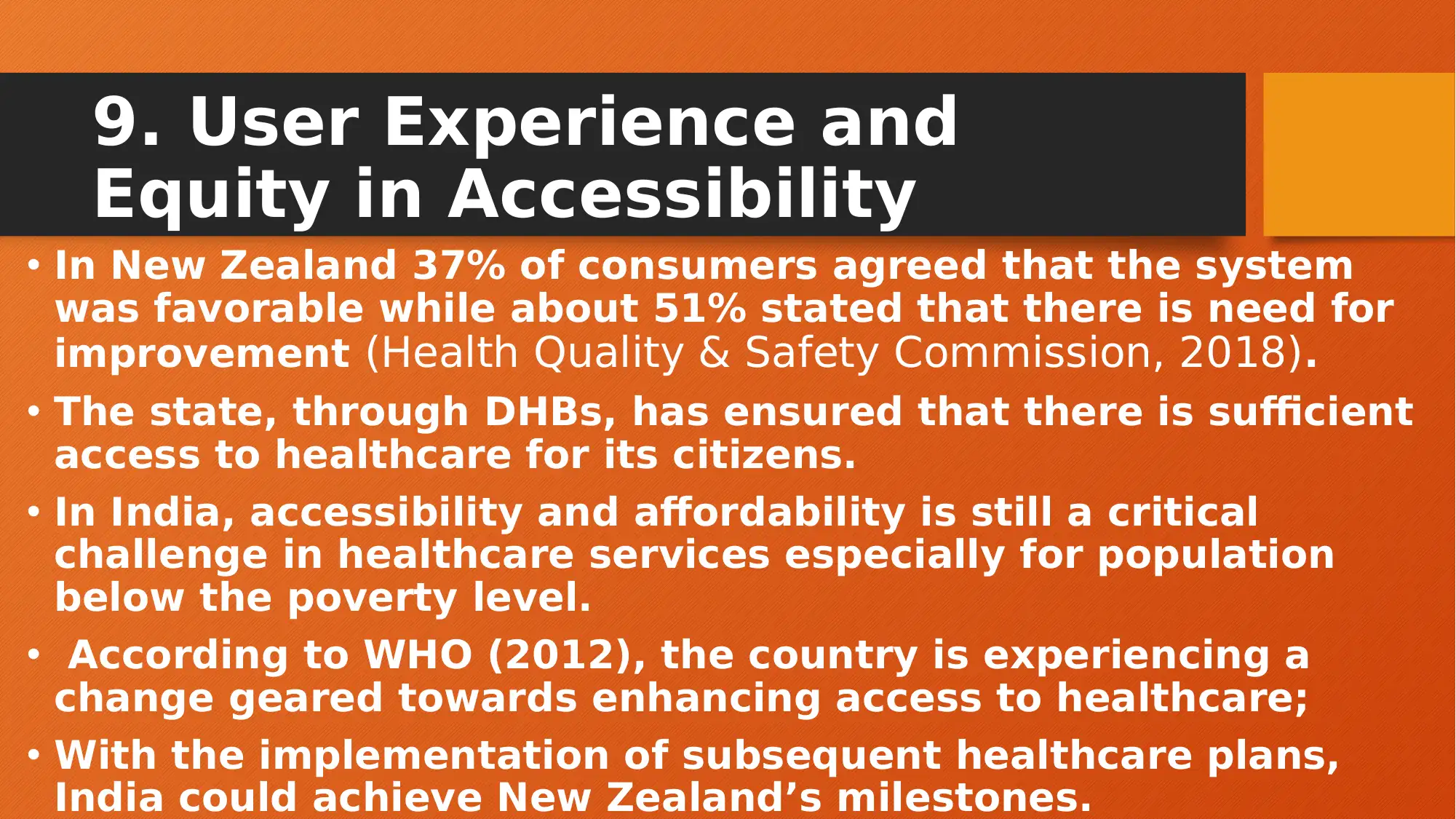
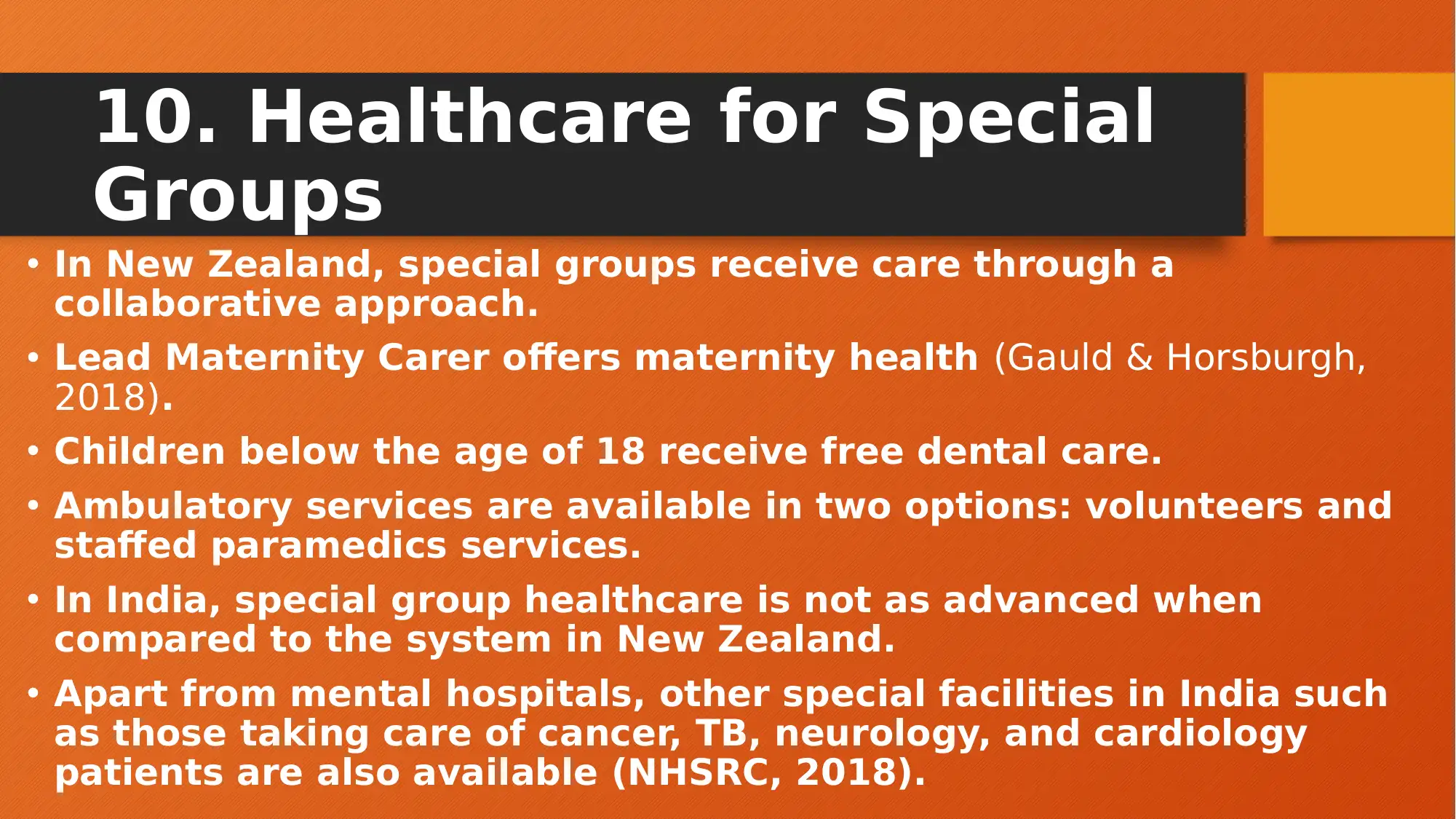
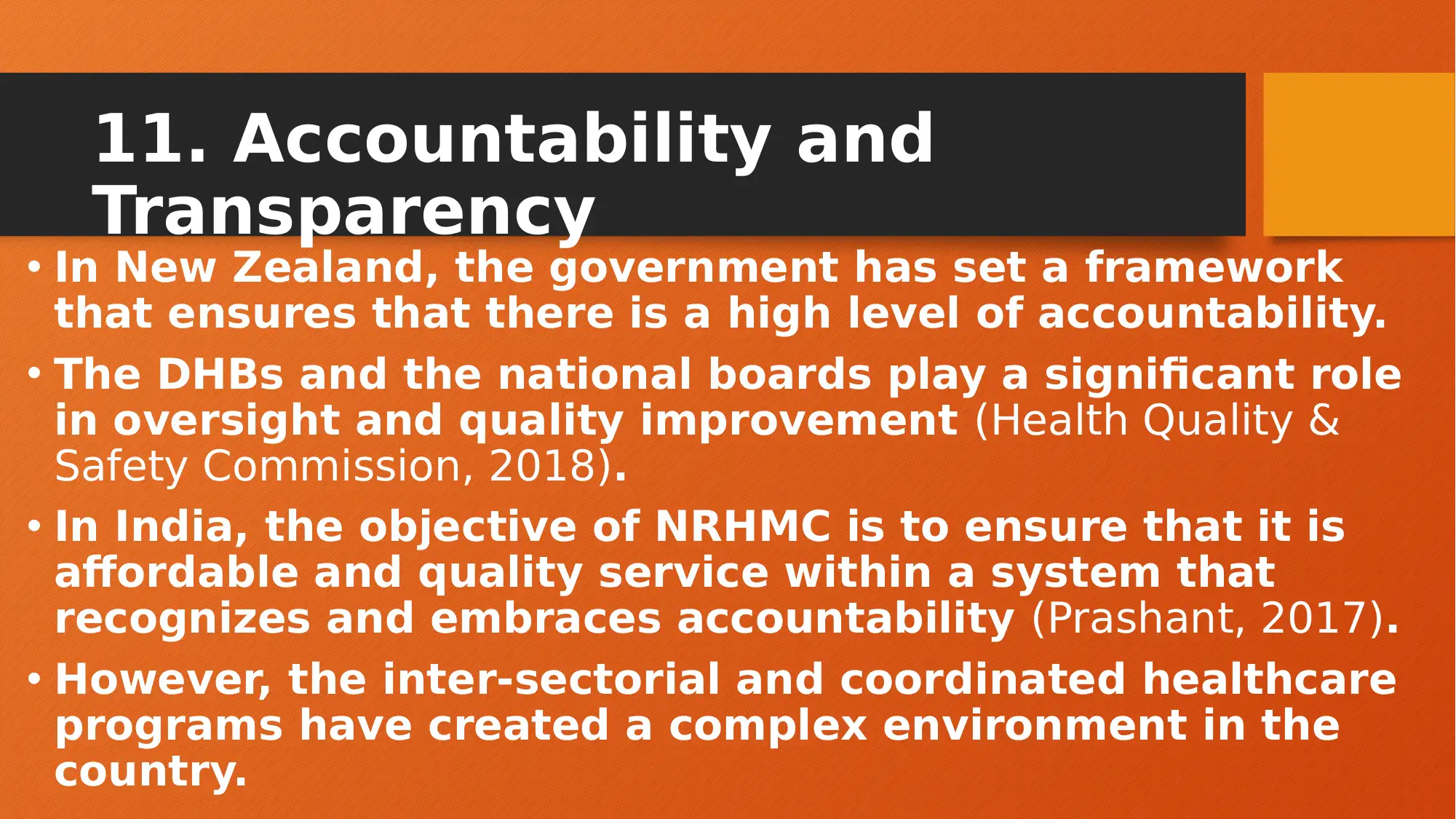






![[object Object]](/_next/static/media/star-bottom.7253800d.svg)